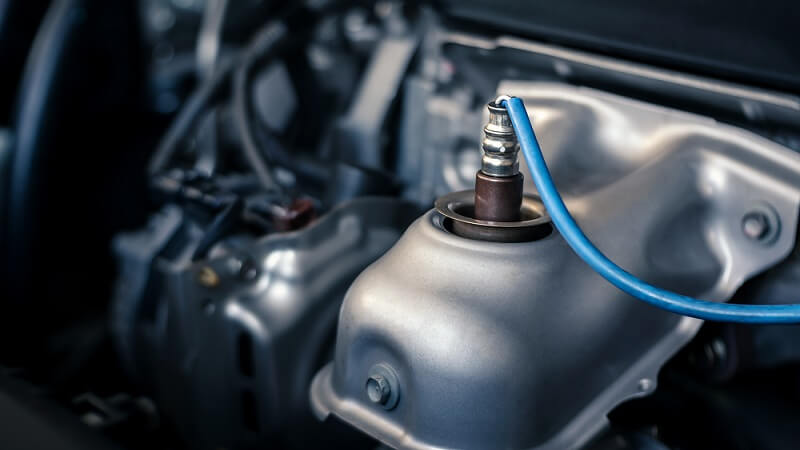Fire is one of the greatest discoveries we’ve made as a species. Nothing has come as close to being as useful as fire and there’s not a day that goes in our lives without using it in one way or the other — including transport. While the electric evolution is in full force, the majority of vehicles on the road today continue to be powered by combustion engines.
Combustion engines convert fuel into heat energy, and part of this heat energy is converted into mechanical energy. And just like any other application that uses fire, heat is a by-product. The heat an engine produces, however, has to be constantly kept in check and that task falls on the shoulders of the cooling system. A cooling system in a vehicle consists of multiple individual components that have simple but important roles, and today we’ll tell you all about it!
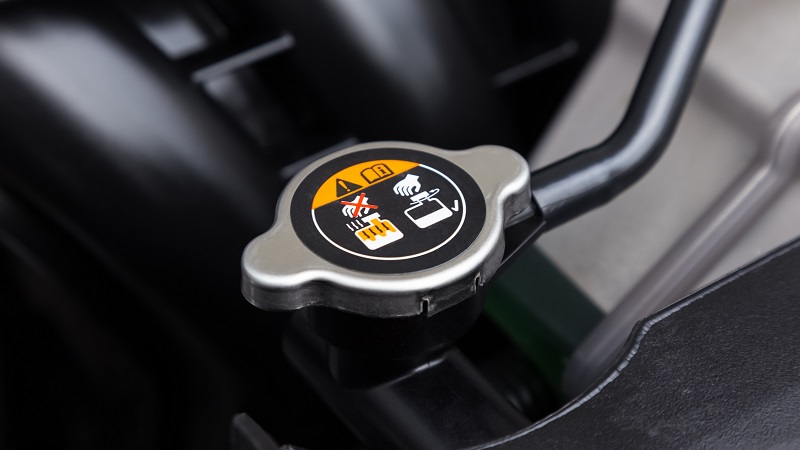
Article updated on 03/01/22. Original publishing date 11/03/21
Types of Automotive Cooling Systems
Automotive cooling systems are primarily divided into two types – air-cooled and water-cooled systems. Air-cooled systems are extremely rare and are usually found on older Porsche engines, vintage Beetles, ‘69 Corvairs, and similar. All in all, air-cooled engines are obsolete by modern standards, which is why we’ll mainly focus on water-cooled designs for the sake of this guide.
Water-cooled systems are further divided into four types — pump circulation, pressurized cooling system, thermosyphon, and impeller thermosyphon cooling systems.
Thermosyphon Cooling System
Despite sounding quite complex, a thermosyphon cooling system is pretty simple in its operation. This system is designed to allow the water to circulate on its own thanks to the density difference present between higher temperature and lower temperature water. This system makes use of the principle of natural convection owing to the variation in the density of water. The thermosyphon cooling system also operates without a pump.
While the simplicity of this type of cooling system does make it quite appealing, it comes with its own limitations. One of them is that water only starts circulating once the engine is hot enough to heat the water. Additionally, a thermosyphon cooling system also fails to provide the cooling that would be required under higher temperatures and in higher load conditions. These are just a few of the reasons why this cooling system is only found in older cars.
Impeller Thermosyphon Cooling System
The impeller thermosyphon cooling system added an impeller to the arrangement mentioned above. This was considered to be an improved version of the thermosyphon cooling system as the impeller it used aided cooling.
Apart from the additional cooling provided by the impeller, how this cooling system worked was identical to the thermosyphon one. It also depended on the density difference present between higher temperature and lower temperature water.
Pump Circulation System
When compared to the cooling systems mentioned above, a pump circulating system is comparatively modern. This cooling or circulation system makes use of a pump that’s powered by the engine.
While the impeller thermosyphon cooling system made use of an impeller driven by the engine, this system uses a centrifugal pump. The pump is connected to the engine with the v-belt, and it ensures that there’s a sufficient flow of water throughout the cooling system.
Pressurized Cooling System
A pressurized cooling system is a huge improvement over the other types of cooling systems. This is why it shouldn’t be surprising that it’s also the most widely used system today. Such systems come equipped with a radiator cap that features a spring-loaded pressure valve and vacuum valve. With the help of this, the boiling point of the water is higher which consequently increases the working temperature that enables improved thermal efficiency.
This cooling system also has measures in place like the pressure valve to ensure that it constantly keeps the pressure in check. In addition to being pressurized, this system also makes use of a water pump that helps with circulation.
To fully understand how a pressurized cooling system works, you have to break it down and familiarize yourself with all of its individual components. Here’s a diagram and a basic explanation of what’s what in a modern engine cooling system.
Modern Cooling System Diagram
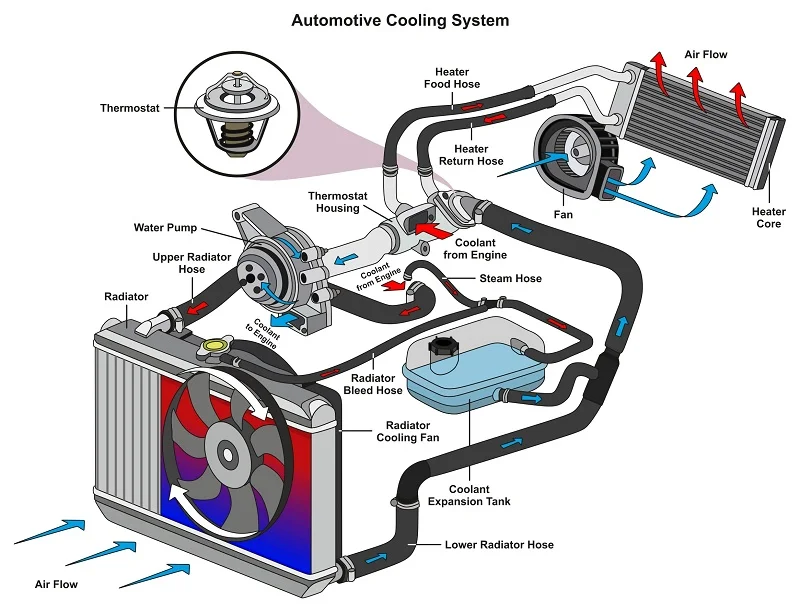
The cooling system of vehicles has been improved significantly over the years. Here’s a list of its main components.
Radiator
The radiator is one of the most important components of a modern cooling system as it has the task of cooling down the high-temperature water that makes its way out of the engine. It is made up of three parts – an upper tank, a lower tank, and a core.
The water first arrives in the upper tank or inlet tank and makes its way downwards through the core. The core uses copper fins to cool down the water before it enters the lower or outlet tank and makes its way back into the engine.
Water Pump
The water pump is the same centrifugal unit we spoke about earlier. It’s usually positioned at the front of the engine block and is driven by a belt. The pump is made up of many smaller parts that work together to help the water move through the system efficiently.
Radiator Fan
When it comes to the radiator fan in the cooling system, it’s usually directly to the crankshaft or be a standalone electric unit. It has two main purposes — to draw fresh air through the radiator to improve cooling and use that same air to cool the outside of the engine.
Thermostat
The thermostat valve essentially makes sure to keep the temperature in check. It opens and closes depending on the temperature. The thermostat valve controls the water outlet of the engine. One of its jobs is to keep the valve closed during the warm-up period to get the engine up to its operating temperature as soon as possible.
Heater Core
Modern cooling systems take the heat an engine generates and help divert it into the cabin. A heater core is a small radiator located under the dashboard of the vehicle, and hot coolant passes through it before making its way back to the engine cooling circuit. This heat helps increase the temperature in the cabin when necessary.
Cooling System Maintenance
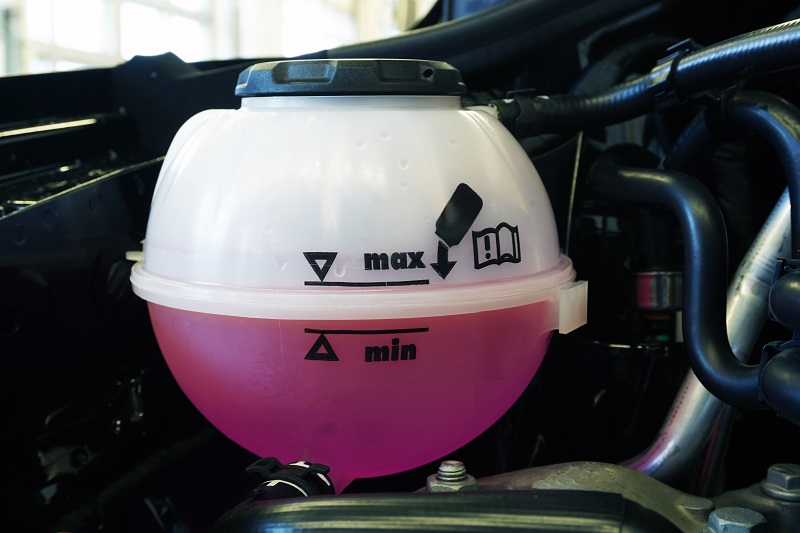
To make sure you have a trouble-free experience especially when it comes to cooling, make sure to practice basic cooling system maintenance.
Flushing
Most owners’ manuals will have a recommended interval to flush the coolant in the system. Make sure to keep following this interval and carry out a proper flush. This could even include the use of special air pressure guns, disconnecting the hoses, and more. Always remember to fill the system with the recommended coolant and release any air that could be stuck in the system.
Periodic Check-ups
Another way to protect your cooling system is by periodically checking its components. Make sure that the coolant level in the reservoir tank is not low. Keep an eye on its color as brown residue would suggest that there’s rust forming inside the system. It’s also recommended to check all of the rubber hoses for cracks.
Common Failure Points
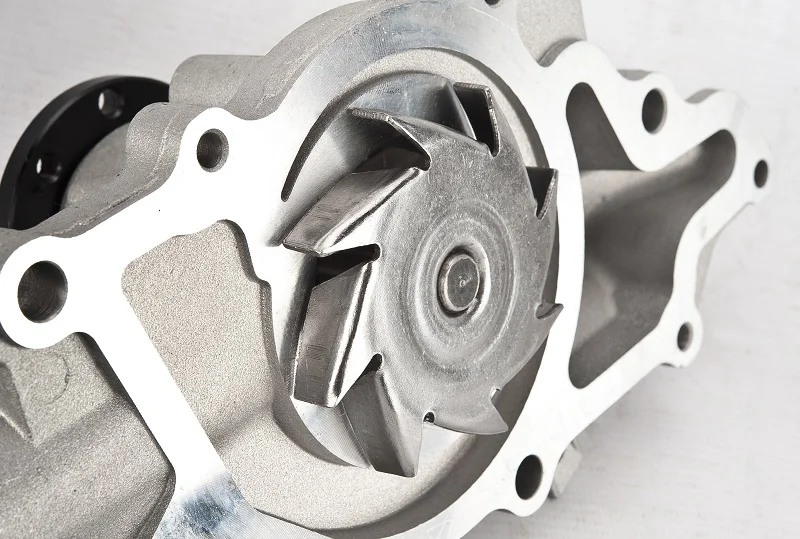
A cooling system is dependent on other parts to function correctly. If one of them gets damaged, then the whole system is at risk. Here’s a list of the common failure points.
Rusty Radiator
Over time the radiator can fail which has dangerous side effects like overheating the engine. One of the most common ways for it to fail is by developing a crack at its inlet or outlet port.
These ports are mostly made out of plastic and tend to harden and crack after many years of use. The coolant then makes its way out of the system via these holes. Radiators could also rust and one that has reached that stage will not function properly resulting in an inefficient cooling system.
Hardened Hoses
The hoses of the cooling system may seem insignificant when compared to the other parts, but they serve an equally important purpose. These hoses are made out of rubber and can harden and develop cracks after several years of use. These cracks will result in a coolant leak. Coolant leaks can ultimately lead to more severe issues, and shouldn’t be ignored.
Thermostat Failure
A thermostat can get stuck as it ages. And if it were to get stuck in the open position, it would result in the engine running cooler than it should. However, if it got stuck in the closed position, it could cause the engine to overheat and cause expensive damage if ignored.
Water Pump Failure
Multiple reasons could cause water pump failure, but the most common cause is said to be a bad mechanical seal because of an improper installation. Another reason that could result in water pump failure is low and incorrect coolant. One can also not rule out an improper belt installation as it is also one of the reasons leading to water pump failure.
We Have Everything for Your Cooling System!
No matter what component it is that’s affecting your cooling system, we have what it takes to fix it. Browse through the Shop section on our website for the highest quality OEM parts for a massive assortment of vehicles.


